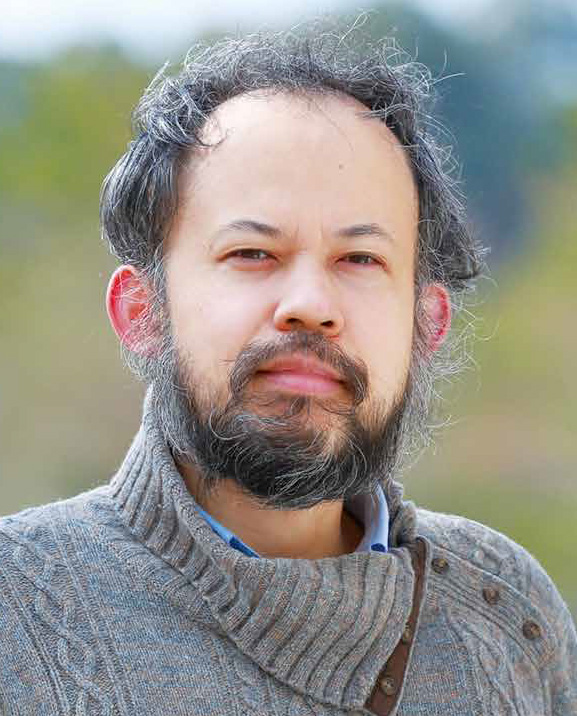Intertwining Mathematics and Cryptography

NUIDA, Koji
Degree: Ph.D. (Mathematical Sciences) (The University of Tokyo)
Research interests: Mathematical Cryptography, Secure Multiparty Computation, Combinatorial Group Theory
Information technology, such as secure internet shopping, is nowadays a ubiquitous tool for our convenient daily life, and cryptography is one of its main underlying indispensable technology. And also, mathematics is playing a fundamental role in cryptography. The RSA cryptosystem invented at the end of 1970s is based on properties from elementary number theory. The so-called elliptic curve cryptography invented around the middle of 1980s is (as the name suggests) based on properties of elliptic curves. Moreover, post-quantum cryptography, a kind of newgeneration cryptosystems for the forthcoming era with development of quantum computers, is further based on several mathematics such as linear algebra, Gröbner basis, high-dimensional integral lattices, etc.
Mathematicians can enjoy cryptographic research by “making use of various, state-of-the-art mathematics” of course, but further by “achieving advanced work by cleverly utilizing even elementary tools” and by “exploring good definitions for several cryptographic notions in both intuitively natural and theoretically convenient ways”.

My main interest in cryptography is with “secure computation”. Secure (multiparty) computation is a kind of “magical” technology that enables necessary information processing on many users’ input data while keeping their individual input data secret to each other. Among standard mathematical and cryptographic tools for secure computation, “fully homomorphic encryption” (FHE) is a special kind of encryption by which the original data inside given ciphertexts can be processed without decrypting the ciphertexts. In our proposed FHE scheme (presented at international conference EUROCRYPT 2015), a major ingredient was the following algebraic property: any function over a finite field admits a polynomial expression. This property itself is in fact an elementary fact, and it is a typical episode showing that even elementary mathematics can yield a significant cryptographic work when properly used.
There is a certain complicated operation unavoidable in the existing constructions of FHE, which has been a major bottleneck towards efficiency improvements. One of my recent research challenges is to remove this operation by using group-theoretic approaches not used in the previous research. I am expecting that combinatorial group theory, which is my main expertise in mathematics, might also be applicable to this subject, which gives me further motivations for the research.
As other recent result on secure computation with “mathematical” flavor, I found a “pathological example” showing that an “intuitively reasonable” known construction methodology that had widely been regarded secure is in fact not always secure (presented at international conference PKC 2021).
Cryptography (as well as other research areas) is really related to various mathematics. I myself have also encountered several surprising situations where some mathematical topic has an unexpected application to cryptography. I would also like to make such connections between mathematics and cryptography more popular.


